In the lush expanses of the Amazon rainforest, the Marubo tribe of Brazil recently crossed a significant threshold into the digital age.
Thanks to the installation of Starlink internet by Elon Musk’s SpaceX, with antennas donated by American entrepreneur Allyson Reneau, this remote community of 2,000 along the Ituí River has been thrust into the global digital landscape.
The initiative aimed to transform lives by providing fast, reliable internet access, which is often touted as a bridge to numerous opportunities.
However, the reality has been a mixed blessing, revealing a nuanced narrative of progress intertwined with potential peril.
Table of Contents
A Gateway to New Possibilities
The connectivity brought by Starlink has undeniably opened doors for the Marubo tribe that were previously unimaginable.
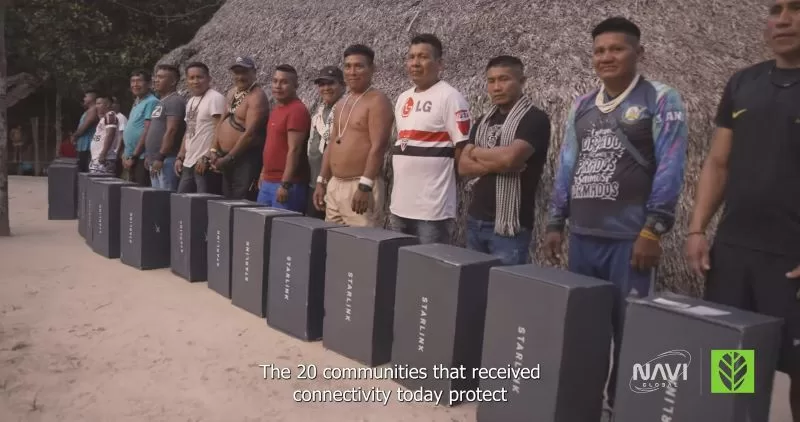
Life-saving connections for emergency medical aid have dramatically transformed their access to healthcare, addressing critical situations such as venomous snake bites with unprecedented speed.
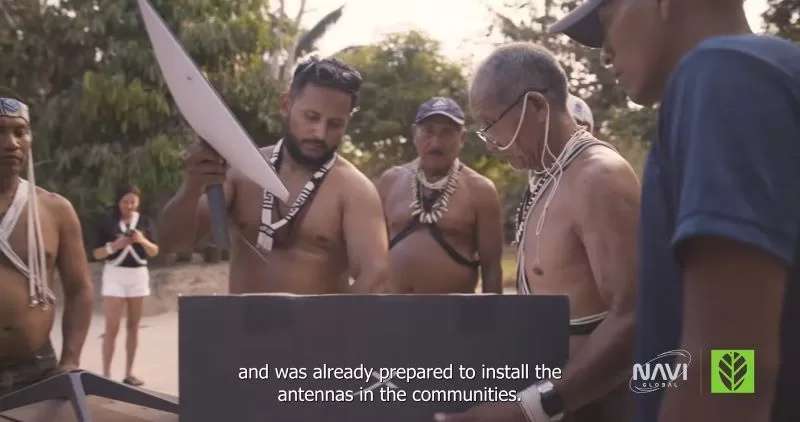
Furthermore, the internet has served as a vital educational resource, linking the Marubo with other Amazonian tribes and the wider world, thus broadening their horizons and educational prospects.
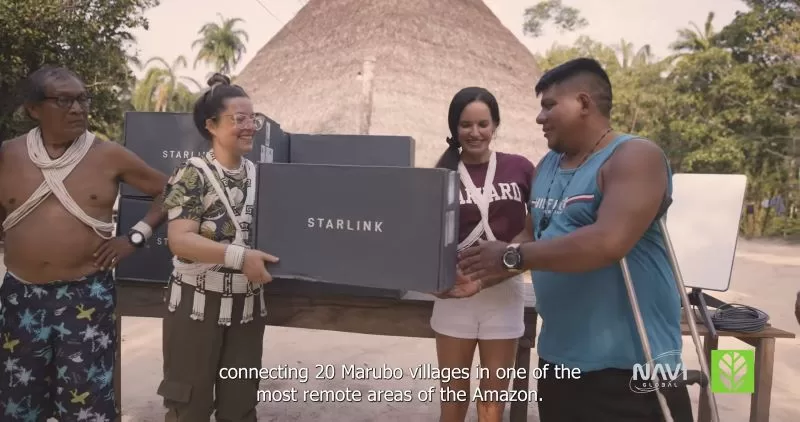
Young members of the tribe are now envisioning futures filled with possibilities beyond their ancestral lands.
Dreams of global travel and professional careers in urban centers like São Paulo are igniting ambitions in a generation eager to explore and engage with the world at large.
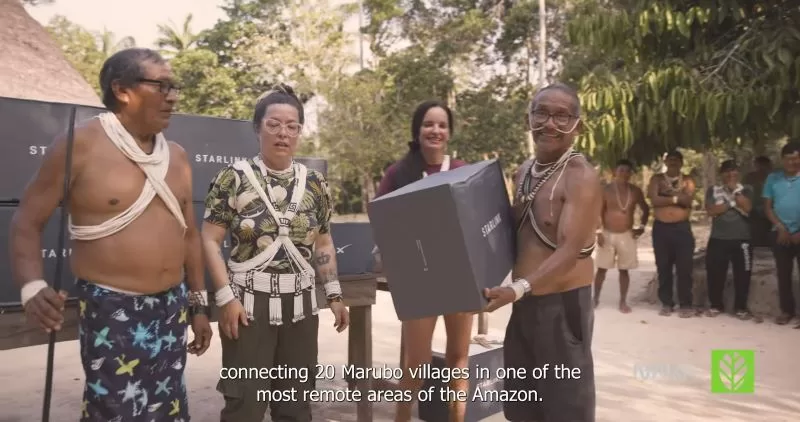
Cultural and Social Strains
However, the sudden influx of global culture has not been without its complications.
The elders of the tribe have voiced concerns over a noticeable decline in traditional practices and the principles that have sustained their community for generations.
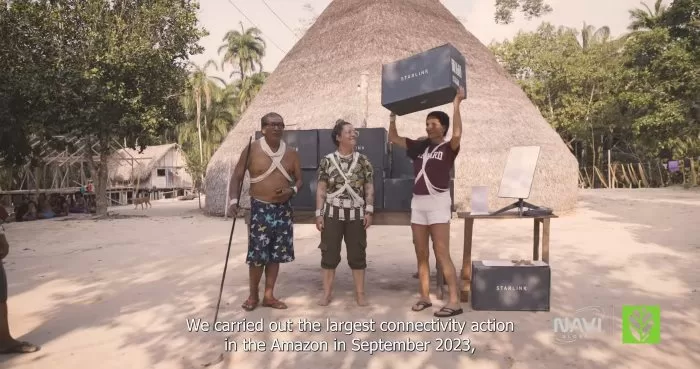
The younger Marubos, enamored by the allure of digital content, are reportedly neglecting essential survival skills such as hunting, fishing, and agriculture.
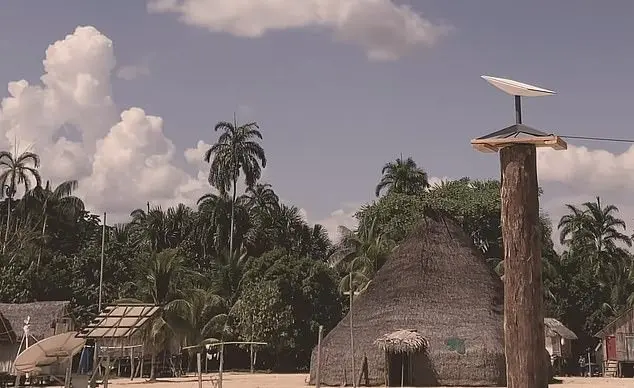
Moreover, the introduction of the internet has brought with it the darker sides of digital engagement.
Issues like increased exposure to p*rnography and violent video games have alarmed the community, leading to fears about the erosion of social norms and behavioral shifts among the youth.
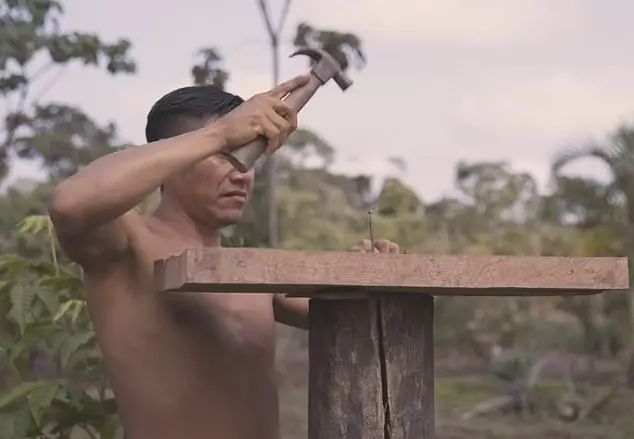
Reports from within the tribe suggest a rising trend in aggressive behaviors and a detachment from familial interactions, spurred by addictive use of social media and other online platforms.
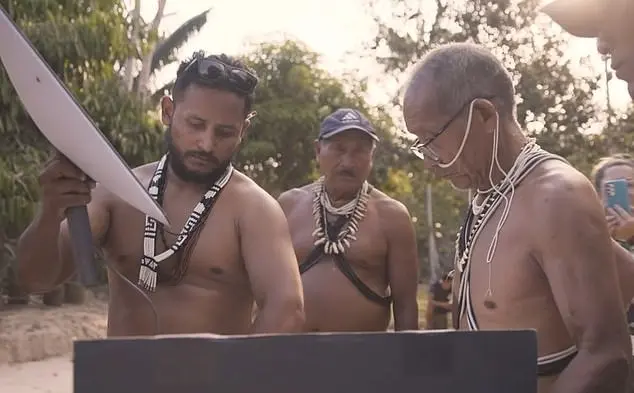
Finding Balance
In response to these challenges, the tribe’s leaders have instituted internet usage policies, restricting access to certain hours of the day.
This measure aims to mitigate the adverse effects while still reaping the benefits of digital connectivity.
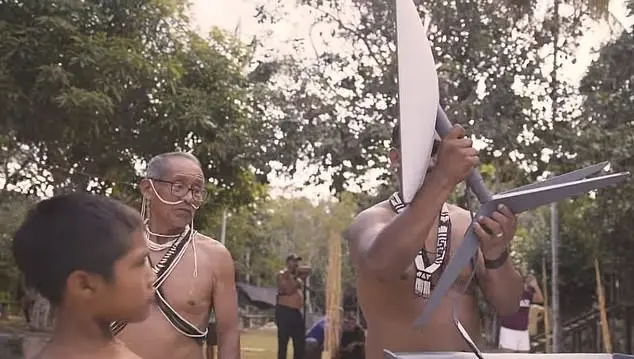
The debate continues among activists and officials about the best approach to integrating technology into such unique cultural contexts without undermining their heritage.
Flora Dutra, a Brazilian activist working with indigenous communities, argues that concerns about the internet’s impact might be overstated and emphasizes that access to information is a universal right and essential for empowerment.
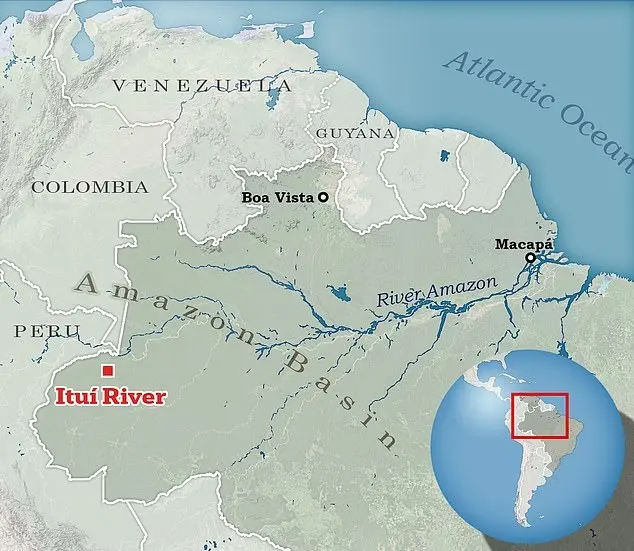
Conversely, some local officials fear that the distinctive cultures and customs of remote communities like the Marubo might be at risk of dilution or loss.
Looking Ahead
As the Marubo tribe navigates this complex transition, their experience serves as a poignant case study in the global discourse on technology, culture, and development.
The dual-edged nature of technological advancement presents both unprecedented opportunities and significant challenges, highlighting the need for careful, culturally sensitive approaches to digital integration in indigenous and remote communities.
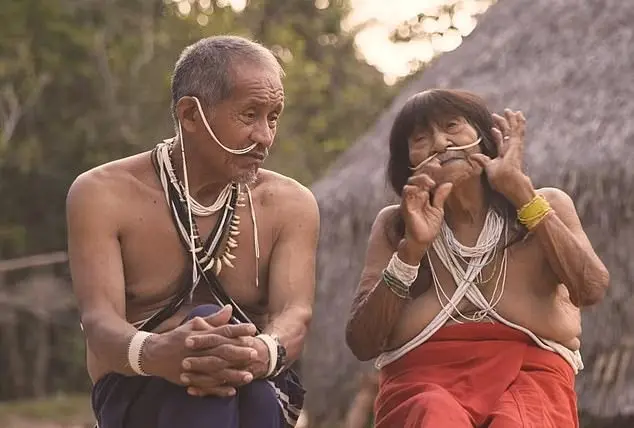
This unfolding story of the Marubo tribe reflects a broader global challenge: how to embrace technological progress while preserving the rich, diverse tapestries of the world’s indigenous cultures.
As we continue to connect the most remote corners of the planet, the lessons learned from the Marubo can inform future efforts to ensure that technology acts as a tool for empowerment rather than a force for cultural erosion.
FAQs About the Amazon Tribe and Starlink Internet
1. What is Starlink?
- Starlink is a satellite internet constellation being constructed by SpaceX, the aerospace company founded by Elon Musk. It aims to provide high-speed, reliable internet to remote and underserved areas around the world.
2. How did the Marubo tribe gain access to Starlink internet?
- The Marubo tribe, located along the Ituí River in the Amazon rainforest, was provided with Starlink internet service through the donation of 20 antennas by American entrepreneur Allyson Reneau.
3. What were the initial benefits of internet access for the Marubo tribe?
- The tribe experienced several immediate benefits, including the ability to quickly contact emergency services for medical issues like snake bites, access educational resources, and communicate with people and other tribes across distances.
4. What problems have arisen since the Marubo tribe gained internet access?
- The tribe has faced issues such as younger members becoming addicted to social media and pornography, which has caused concern among the elders. There’s also been a noticeable shift away from traditional activities like hunting and farming, essential for their survival.
5. How has the tribe responded to the challenges posed by internet access?
- To mitigate the negative impacts, tribal leaders have restricted internet access to two hours in the morning, five hours in the evening, and all day Sunday. This is an attempt to balance the benefits of connectivity with the preservation of their cultural practices.
6. What are the cultural concerns regarding the internet’s impact on the Marubo tribe?
- Elders and leaders within the tribe are concerned that the influx of global culture is eroding their traditional values and ways of life. There is also anxiety about the loss of oral history and standards of behavior due to the influences seen online.
7. Are there broader implications of introducing internet to isolated communities like the Marubo?
- Yes, the case of the Marubo tribe highlights a global challenge: how to integrate modern technology into isolated communities without undermining their cultural integrity. It raises important questions about cultural preservation versus technological advancement.
8. What do critics say about the introduction of the internet to indigenous communities?
- Critics, including some Brazilian officials, argue that introducing the internet to indigenous communities can lead to a loss of culture and autonomy. They express concerns that without proper safeguards, the unique customs and traditions of these communities could be at risk.
9. How do supporters of the internet initiative defend their position?
- Supporters, like activist Flora Dutra, argue that fears about the internet are exaggerated and that indigenous communities deserve and desire access to the same resources as the rest of the world. They believe that with the right tools and education, these communities can benefit greatly from connectivity.
10. What is the future outlook for the Marubo tribe with continued internet access?
- The future will likely involve continued efforts to find a balance between leveraging the benefits of internet access and maintaining the tribe’s cultural heritage. Ongoing education on digital literacy and more structured integration plans might be necessary to ensure a positive impact.

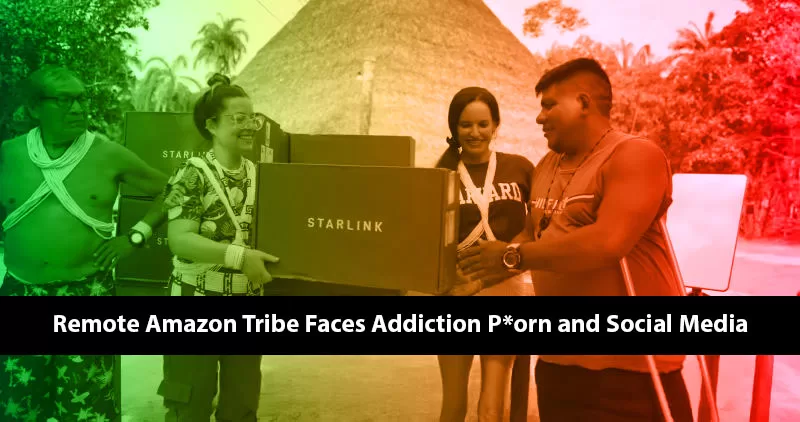
Comments